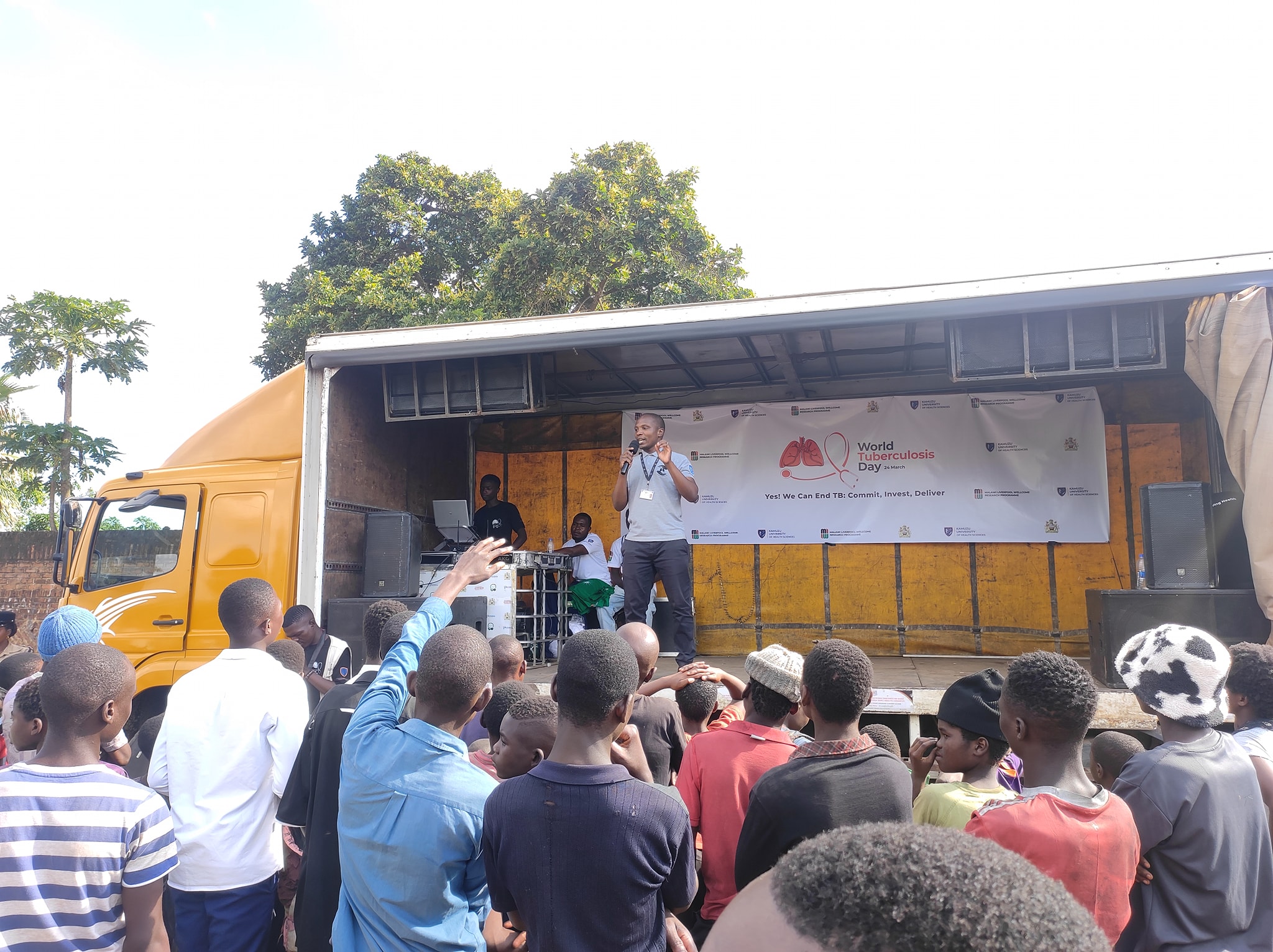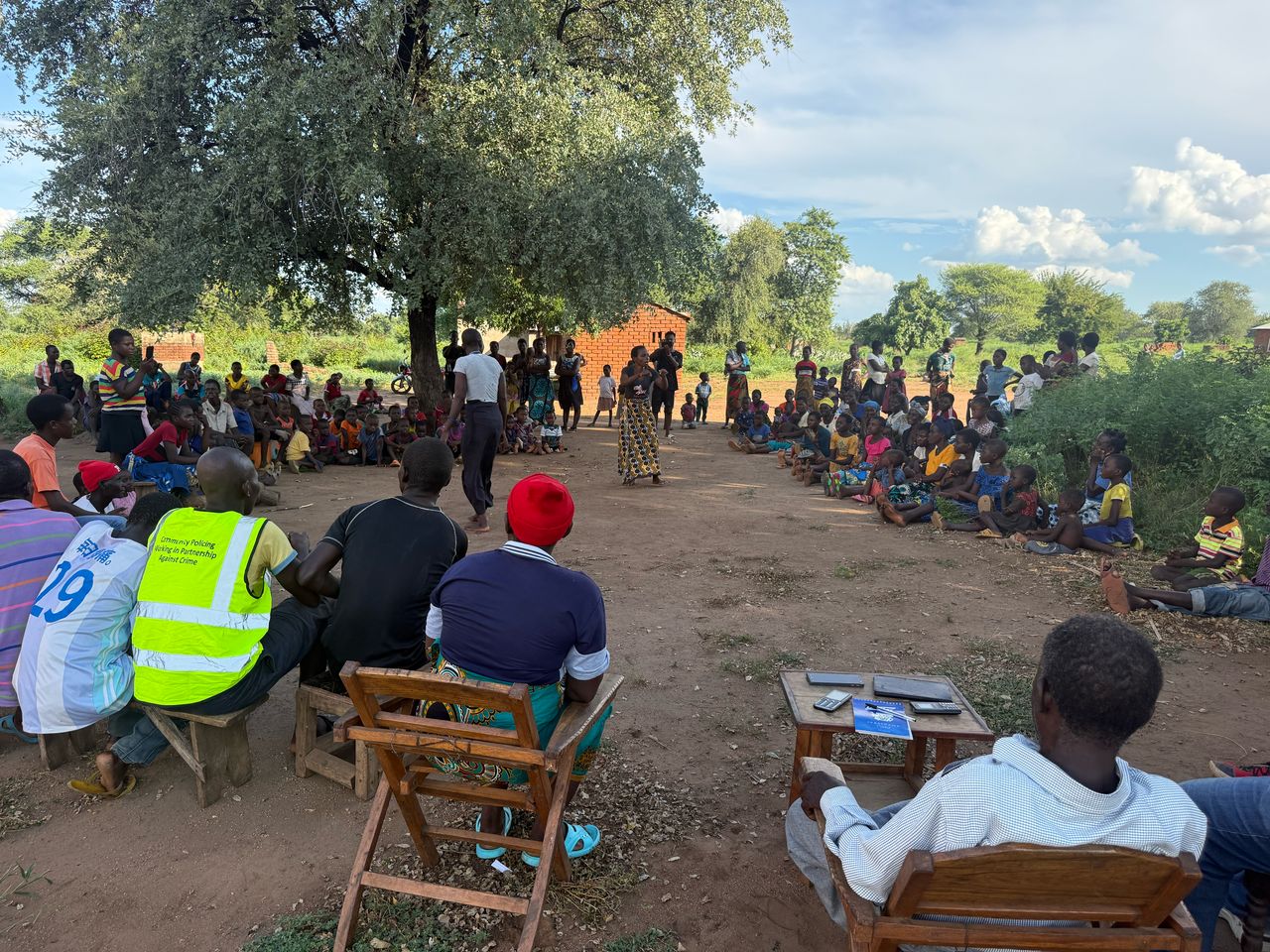When the results of his study came in, Kondwani Jambo was stunned.
Kondwani Jambo is an immunologist at Malawi Liverpool Wellcome Programme. And last year he had set out to determine just how many people in his country had been infected with the coronavirus since the pandemic began. Jambo, who works for the Malawi-Liverpool-Wellcome Trust Clinical Research Programme, knew the total number of cases was going to be higher than the official numbers. But his study revealed that the scale of spread was beyond anything he had anticipated — with a huge majority of Malawians infected long before the omicron variant emerged. “I was very shocked,” he says.
Most important, he says, the finding suggests that it has now been months since Malawi entered something akin to what many countries still struggling with massive omicron waves consider the holy grail: the endemic stage of the pandemic, in which the coronavirus becomes a more predictable seasonal bug like the flu or common cold.
In fact, top scientists in Africa say Malawi is just one of many countries on the continent that appear to have already reached — if not quite endemicity — at least a substantially less threatening stage, as evidenced by both studies of the population’s prior exposure to the coronavirus and its experience with the omicron variant.
To understand how these scientists have come to hold this view, it helps to first consider what the pandemic has looked like in a country such as Malawi.
Before the Omicron wave, Malawi did not seem to have been hit too hard by COVID-19. Even by July 2021, when Malawi had already gone through several waves of the coronavirus, Jambo says it appeared that only a tiny share of Malawians had been infected.
“Probably less than 10% [of the population], if we look at the number of individuals that have tested positive,” says Jambo.
The number of people turning up in hospitals was also quite low — even during the peak of each successive COVID-19 wave in Malawi.
Jambo knew this likely masked what had really been going on in Malawi. The country’s population is very young — it has a median age of around 18, he notes. This suggests most infections prior to omicron’s arrival were probably asymptomatic ones unlikely to show up in official tallies. People wouldn’t have felt sick enough to go to the hospital. And coronavirus tests were in short supply in the country and therefore were generally used only for people with severe symptoms or who needed tests for travel.
So, to fill in the true picture, Jambo and his collaborators turned to another potential source of information: a repository of blood samples that had been collected from Malawians month after month by the national blood bank. And they checked how many of those samples had antibodies for the coronavirus. Their finding: By the start of Malawi’s third COVID-19 wave with the delta variant last summer, as much as 80% of the population had already been infected with some strain of the coronavirus.
“There was absolutely no way we would have guessed that this thing had spread that much,” says Jambo.
Similar studies have been done in other African countries, including Kenya, Madagascar, and South Africa, adds Jambo. “And practically in every place they’ve done this, the results are exactly the same” — very high prevalence of infection detected well before the arrival of the omicron variant.
Jambo thinks the findings from the blood samples in Malawi explain a key feature of the recent omicron wave there: The number of deaths this time has been a fraction of the already low number during previous waves.
Less than 5% of Malawians have been fully vaccinated. So Jambo says their apparent resistance to severe disease was likely built up because of all the prior exposure to earlier variants.
“Now we have had the beta variant — we have had the delta variant and the original,” notes Jambo. “It seems like a combination of those three has been able to neutralize this omicron variant in terms of
And now that the Omicron wave has peaked across Africa, country after country there seems to have experienced the same pattern: a huge rise in infections that has not been matched by a commensurate spike in hospitalizations and death.
Original story available on: https://www.npr.org/sections/goatsandsoda/2022/01/28/1072591923/africa-may-have-reached-the-pandemics-holy-grail



